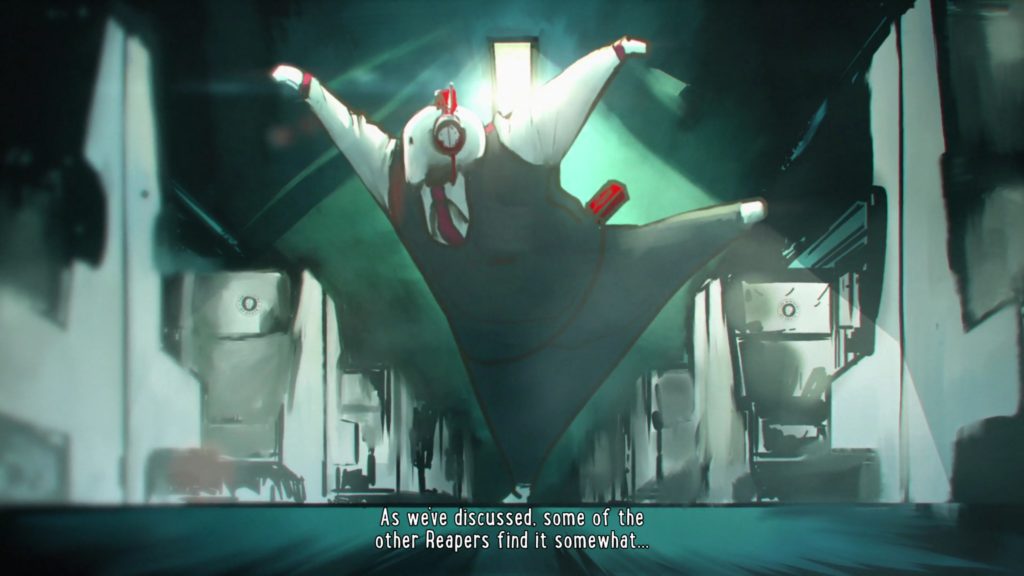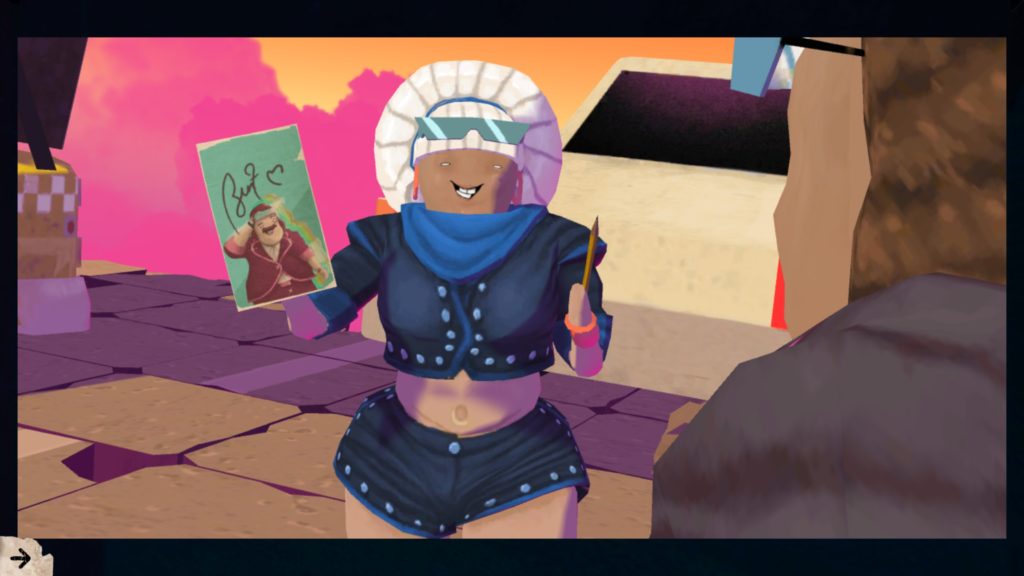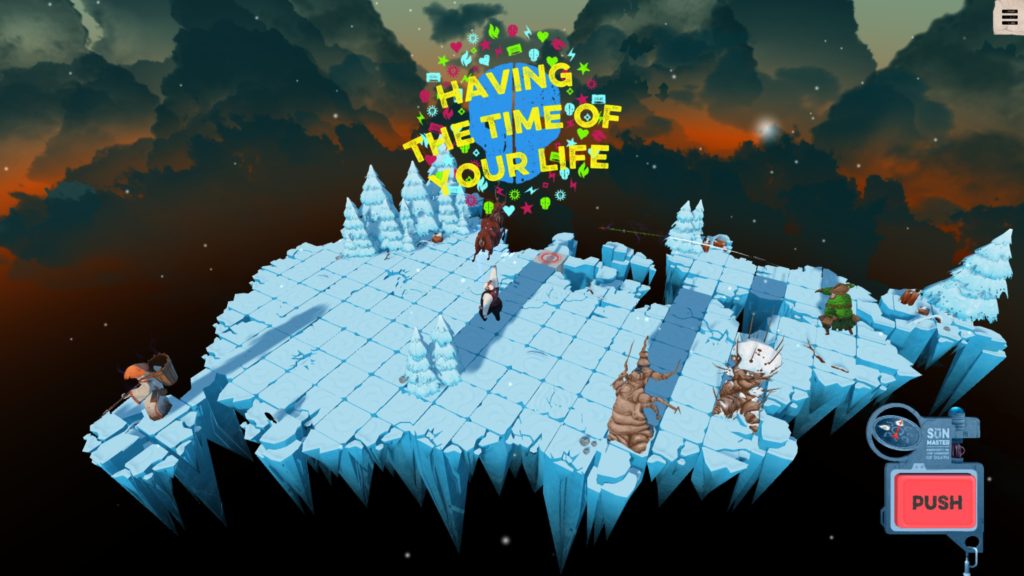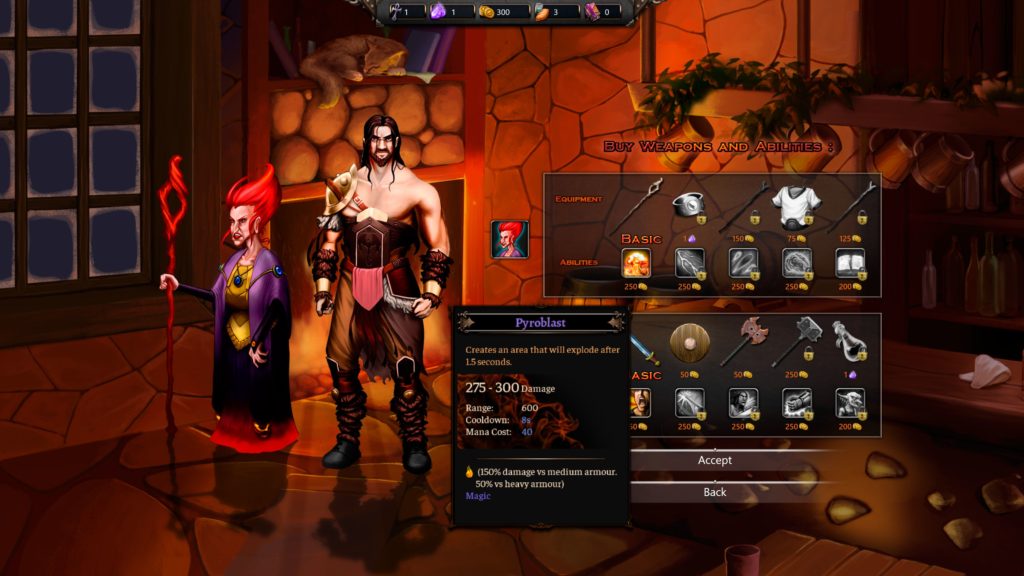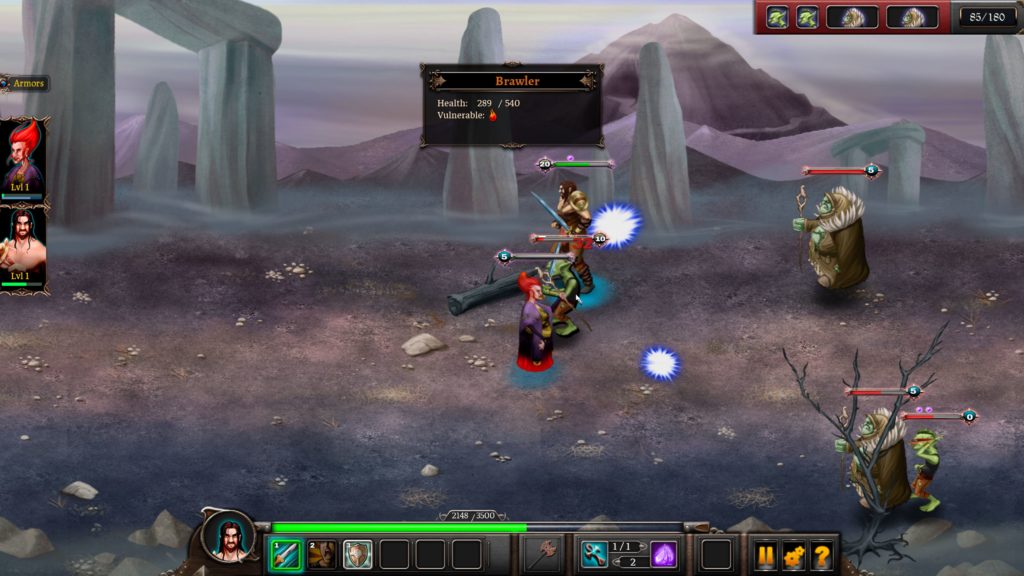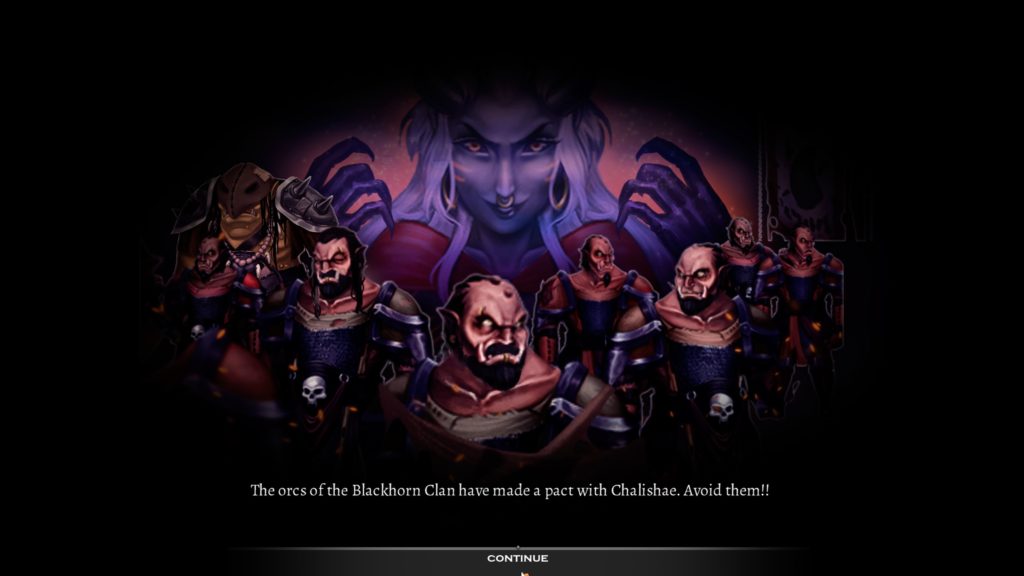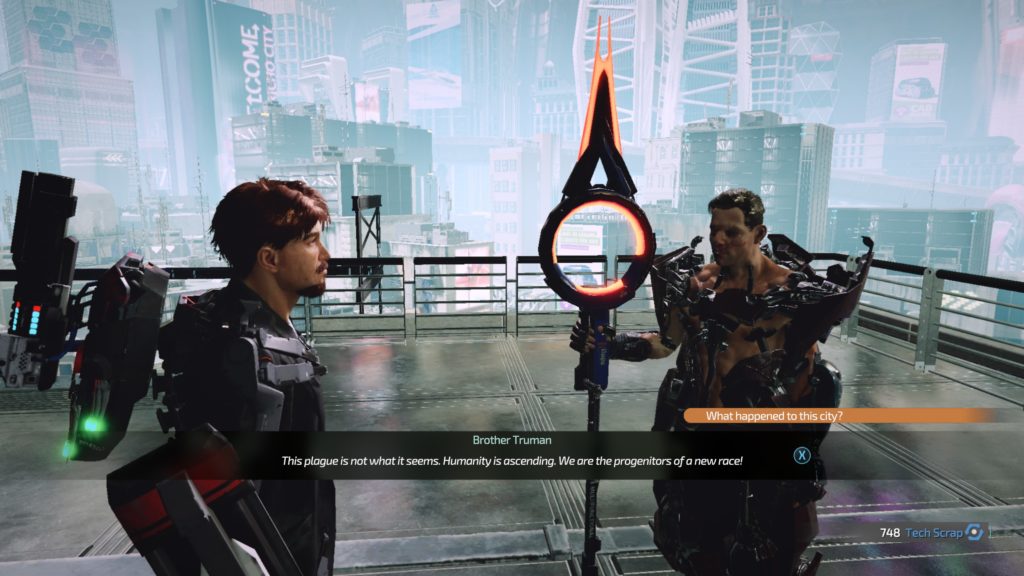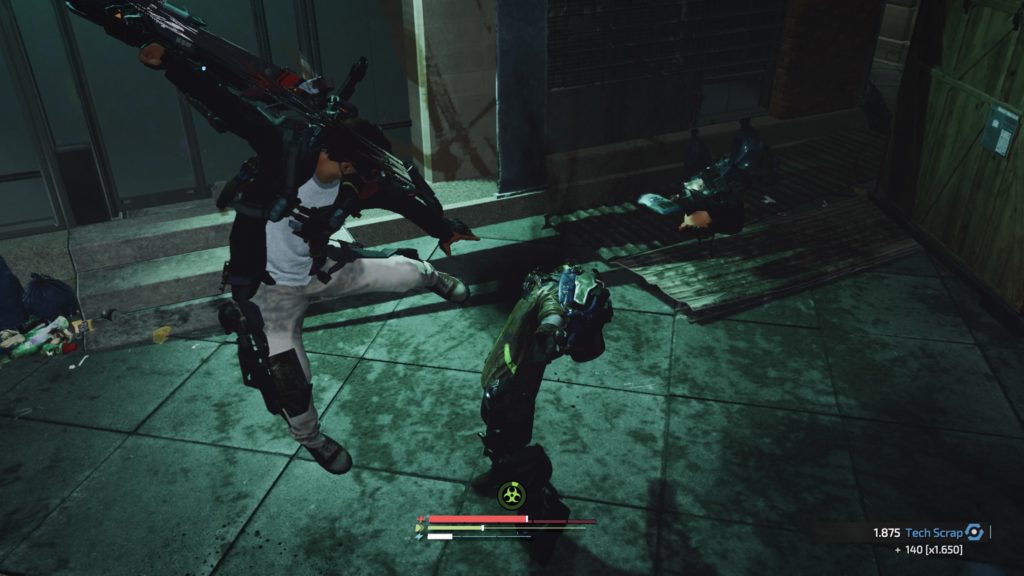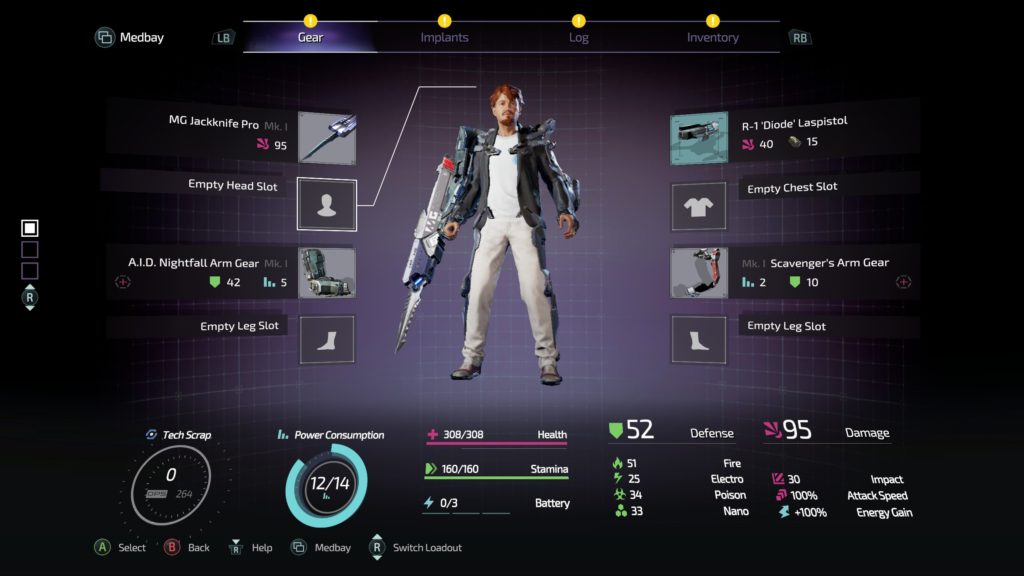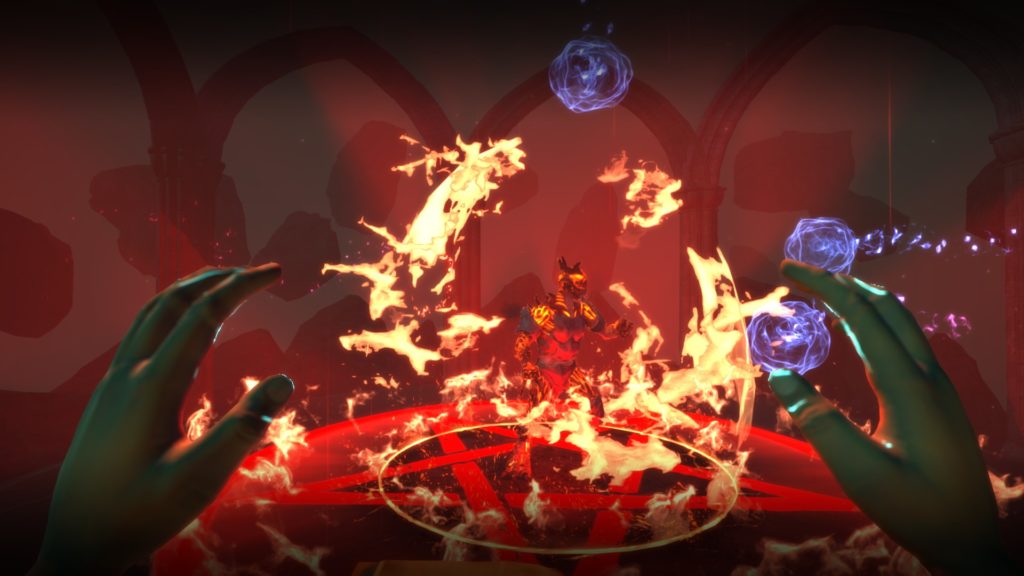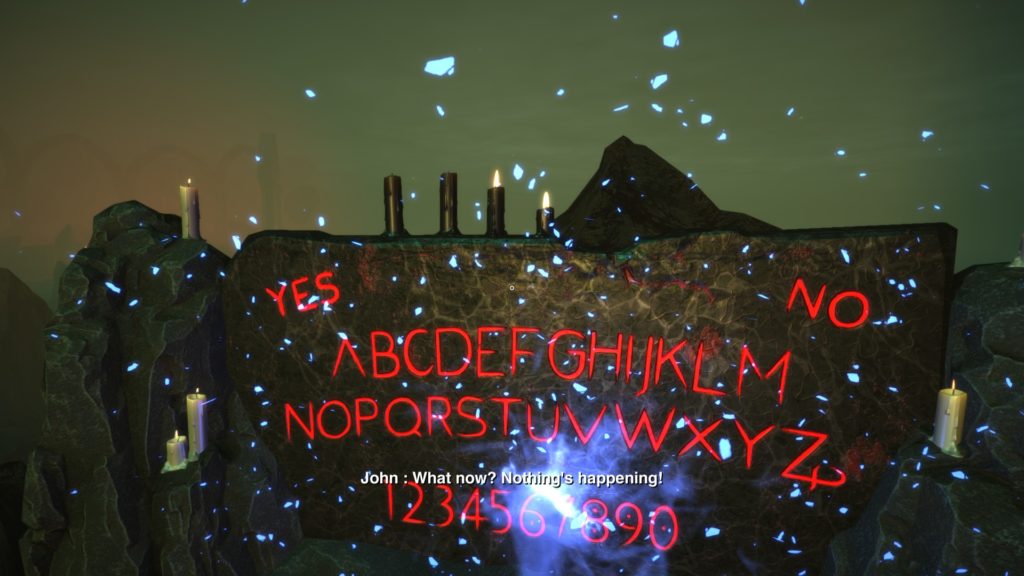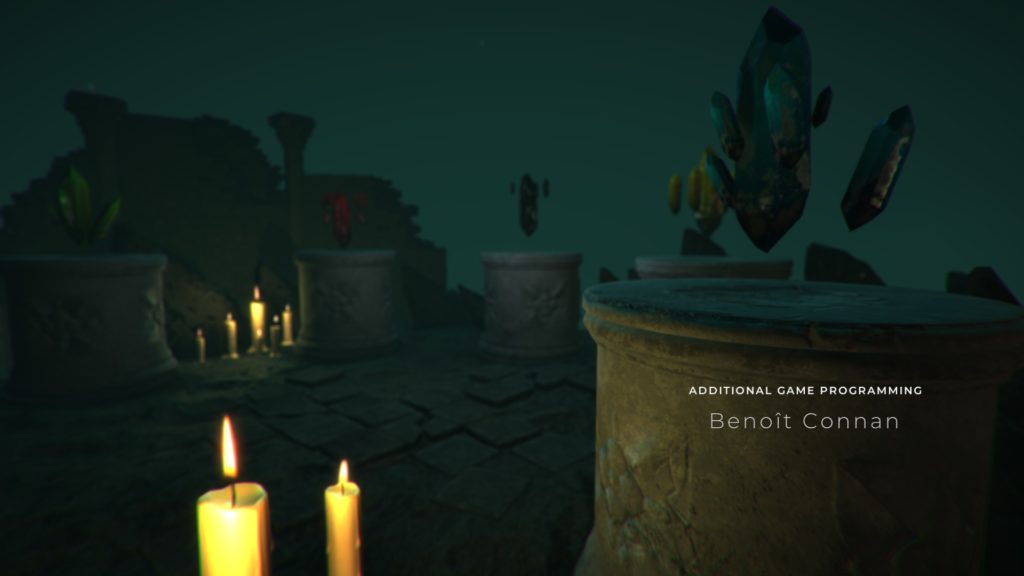Autonauts (Review)

Source: Review Copy
Price: £17.99
Where To Get It: Steam
Robots can be frustrating things. Colonists and their needs can be frustrating things. So… What happens when you put them together? Well, it sure ain’t cherry pie, friends. So… Autonauts is a colony building game, but instead of a group of colonists you control (directly or indirectly), it’s robots. Robots you… “Program.”
I would say we’ll get to that in a second, but no, it’s a core issue with why I find the game so damn frustrating. It’s got a programming language, programming limitations, but, apart from being able to delete instructions, what is it actually? It’s monkey-see, monkey-do. You set the robot to record actions, you do the things, and… Once you’ve done that, you’d think it was over, right?
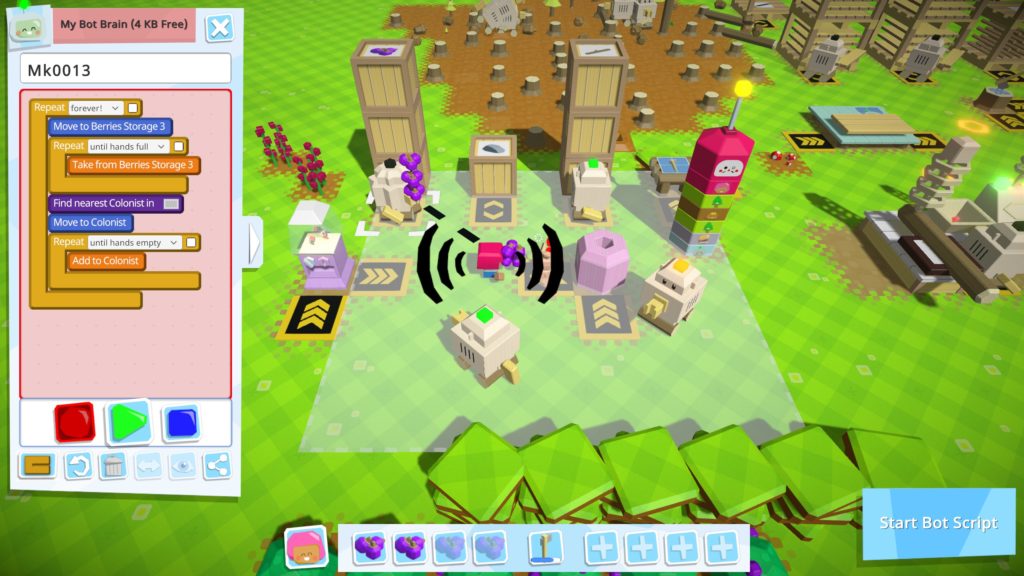
Well, not quite. You can change some conditions, such as loop conditions, but without knowing that (It doesn’t actually teach you that explicitly, you have to futz with that menu you see (or know Scratch, and how it does that too) to know this.) But otherwise, there’s not a lot of programming going on, and, since the robots were designed by the Department of Cut Corners, the early game is a massive drag for several reasons. Let’s start with getting your basic industry up and running.
So, in the tutorial, it tells you you need three robots to log and replant an area. Fine, cool, this is technically true. What it doesn’t tell you is that, if you don’t want to be rushing around trying to fill every one of their needs, from recharging (the default bot’s battery life can best be described as “Shit”) to needing tools when they break, you’ll want an extra two bots, one for recharging, one for making tools, a set of crates to put those tools in, and to go back and adjust the robots so they get a tool from the crate when theirs is broken. Not to mention the log chopping bots, the plank chopping bots, the storing bots, the recharge bots for all of these, the mining bot, the stone storing bot, the charging bot for those…
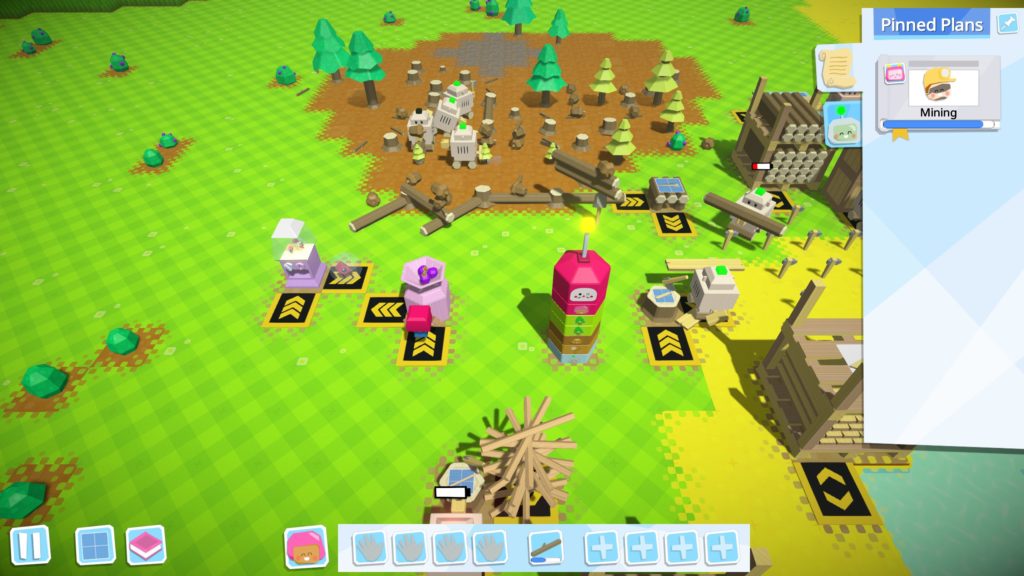
And until you have that basic logging and mining setup, you’re going to be manually doing a lot of this work. Does it get any easier later on? Not… Really. Because then, there are colonists. Who are factories of a resource called, no joke, Wuv. Suffice to say, I have very little Wuv for these parasites, because while I and the robots are working our asses off to fill their pyramid of needs, they… Well, they don’t really do anything except generate Wuv. Which you need for research to improve their needs, and…
Oh shit. We’ve got more industries to deal with. Which you’ll be setting up bots for. You can, to be fair, make this slightly easier by… Building several robots to build robots, a specified number, rather than an infinite loop. That way, you can just hit play on up to four bots to build a more complicated bot. (their charging bot is always active unless it loses battery, and no, another charging bot won’t solve the problem, it’ll just delay it a fair bit (Unless their batteries run down simultaneously early))
But I hope I’m getting across my main problem with this game: It is perhaps the most busywork colony builder I’ve come across in a while, because there’s not much breathing room for things to just work without… Oh. Yeah. Doing the legwork to build, program, and equip several bots for a single task that… I dunno, maybe those lazy bastards we’re feeding, clothing, and housing could help with?
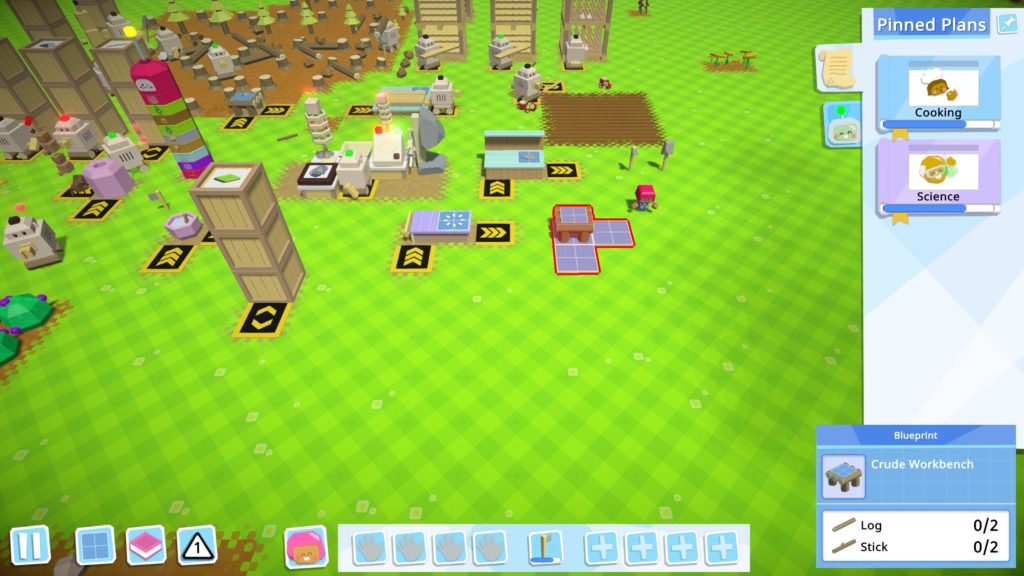
Aesthetically, by the way, it’s quite pleasing. Nice low poly look, good sound, the music is… Well, it’s meant to be relaxing, but, as you might gather, it hasn’t helped a lot. It has clear menus (Although it should be noted that the Blueprint encyclopedia is also the “What’s in the world” encyclopedia. So you know), the Scratch interface for robots is somewhat clear (Yes, I missed conditional loops for hours, so you can imagine how frustrated I was before this small, but very significant detail was spotted), so… This is alright.
But I have to admit, I’m not having fun with it. My colonists are parasites, my robots are flawed, and for every new task I need to do, there’s a lot more setup than is perhaps necessary, and I didn’t feel like the tutorialising was clear. Is it an interesting approach to a colony building game? Yes. Is it unfortunately an unenjoyable romp into this territory? Well, for me, at least, it was.
The Mad Welshman does count his blessings. At least it’s not the SP10 series we’re using.
Okay, that one was a little obscure, even for me.


